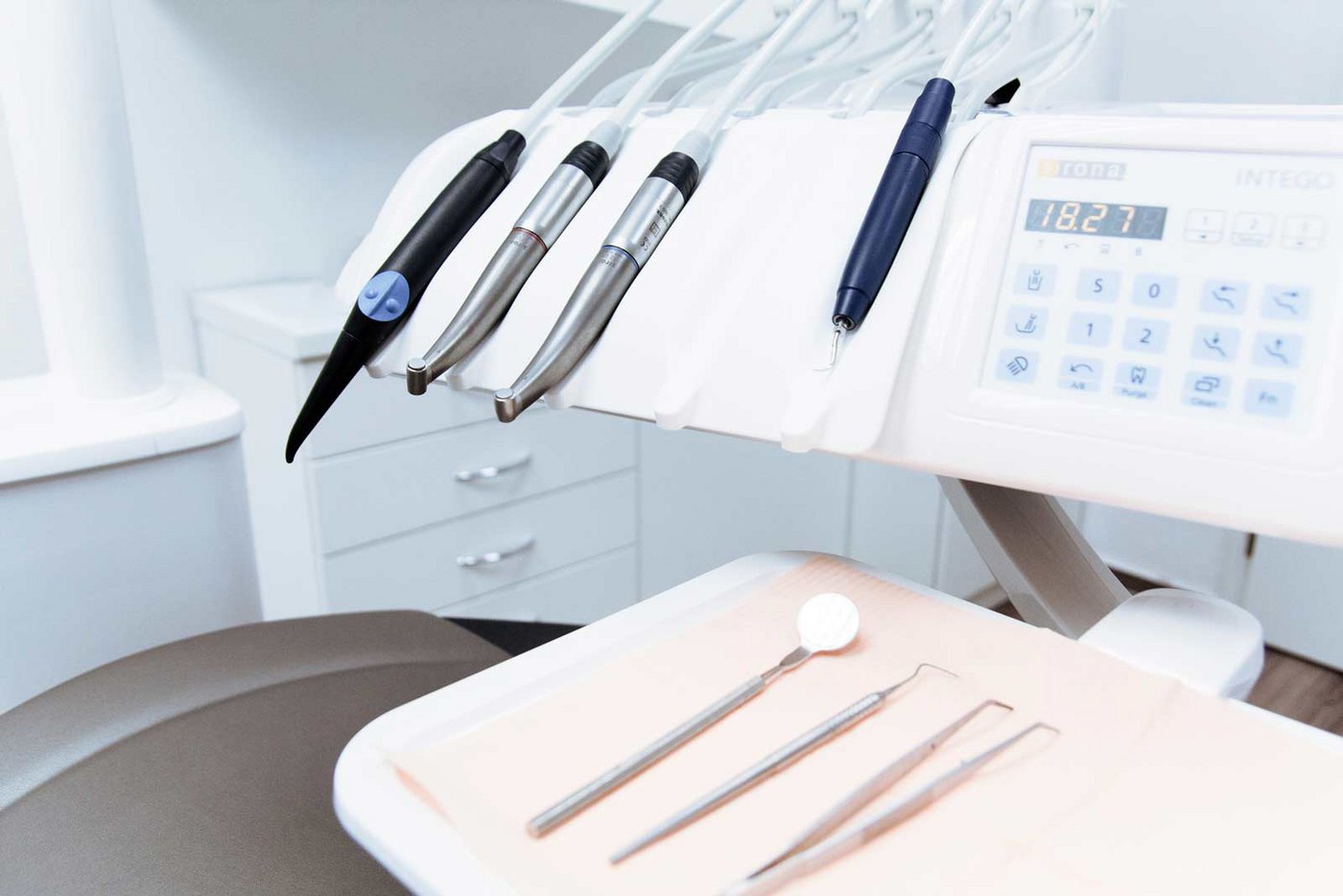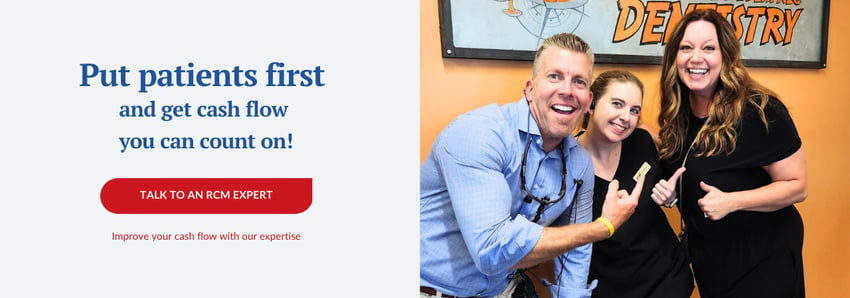Set Up Your Dental Practice for Success- 3 Things Easy to Forget
Since insurance is anything but straightforward, there are three things you don’t want to forget as you set up your dental practice for insurance success. When starting a practice or opening a new location, many doctors have a ton of logistics to tackle, but the details regarding how to get started with insurance and where to learn about claims can seem convoluted and insurmountable.
Setting up a new office, no matter if it’s a new location or an entirely new practice, and getting paid from insurance requires certain steps to be taken to ensure proper setup and properly trained personnel to send the correct files, in a timely manner, to the Provider Relations departments at each insurance.
1) Do I go in-network or stay out of network?
This is the question. The BIGGEST question in fact, a dentist will face when you set up your dental practice. There are three ways to look at the answer. Three current philosophies: the old school way, the new school way, and the DSO way.
The Old School Way
Most dentists who consider themselves “old school” didn’t want anything to do with PPOs. They would not be caught dead accepting a lower fee schedule than their normal UCR (usual and customary fees). If we charge fair fees and place a “Dentist” sign outside, the patients will come.
The New School Way
Most younger dentists believe getting in-network is their marketing. New patients will find a local dentist through their insurance’s list of in-network providers. Getting new patients is how you become profitable, right? In this example, the philosophy is more volume = more money. This isn’t always the case though because you may be accepting too many insurances with too low of fees. As a result, there are a lot of numbers to crunch here. In general, a dentist that is in-network with all insurances with a full schedule is making 40% less than a comparable dentist that is only in network with a few insurances and still has cash patients.
The DSO Way
Accept everything you can, it’s all about new patients! No plan left behind! Insurance, Medicaid, CMO, HMO, or Discount Plan – whatever you have, we take it!
In our opinion, the best way is a combination of all these methods. We have systems and formulas to decide which insurance and how many to go with.
2. Do your research before credentialing
The most overlooked process offices make when setting up dental practices is credentialing. It seems easy that you chose to be in network with X, Y, and Z insurance companies – you filled out the paperwork, sent it in, got accepted, and now what? They sent you a fee schedule, and you entered it in the software. You’re good to go, right?
It’s not that easy. Credentialing is like the fine print of the fine print. It’s what drives the systems and formulas we mention when we explain how important it is to pause before going with all insurance companies. You MUST research before signing your name to a contract! Research employers in your area, what insurance will most of your patients have? If only 3% of the patients in the city/county have “X” insurance, do we really NEED to be in that network? If “Y” insurance company fees cause you to work for lower than minimum wage, do we really WANT to be in their network? If we really like “Z” insurance fees and most of our patients have it, are we automatically in?
Credentialing
The biggest problem I see regularly with credentialing is 1) time and 2) you signed up for more than you bargained for and had no idea.
Time
First of all, you can’t wait. If you are planning to open your doors next week or next month and haven’t started credentialing, you waited too long. Even if you’ve hired a new doctor to work in your practice start the credentialing process ASAP. Credentialing is sometimes a lengthy process and can last up to 90 days! (Depending on the insurance company!)
Fine Print
Missing the contract minutia. This happens way too often. In today’s insurance world, fee schedules rule. Just because you signed for X insurance, you also (accidentally) checked the box that you would sign up for Z insurance on X insurance’s fee schedule! Or you signed up for all 3 fee schedules that X insurance was offering! Confusing, right?!
3. Billing Setup on Claims
This is something I cannot harp on enough. This is a huge mistake that happens when a new office or a new doctor is added to the practice. Or sometimes the setup has been wrong for years and insurance companies are actually paying associates instead of the business, all under the wrong NPI 1 instead of having a proper NPI 2.
Insurance companies should have the right information from the start because any change that needs to be made could take months to fix, and you could be missing out on thousands of dollars by setting up your billing (also print UCR on all your claims) and claims incorrectly. Do your own research, but please don’t hire staff members who thinks they can just figure out credentialing via the Internet or think they can teach themselves how to send claims, or post checks. In this case, hiring an expert will save you so much money in the long run.
Related Posts
Dental revenue resources from Dental Claim Support


.png)
